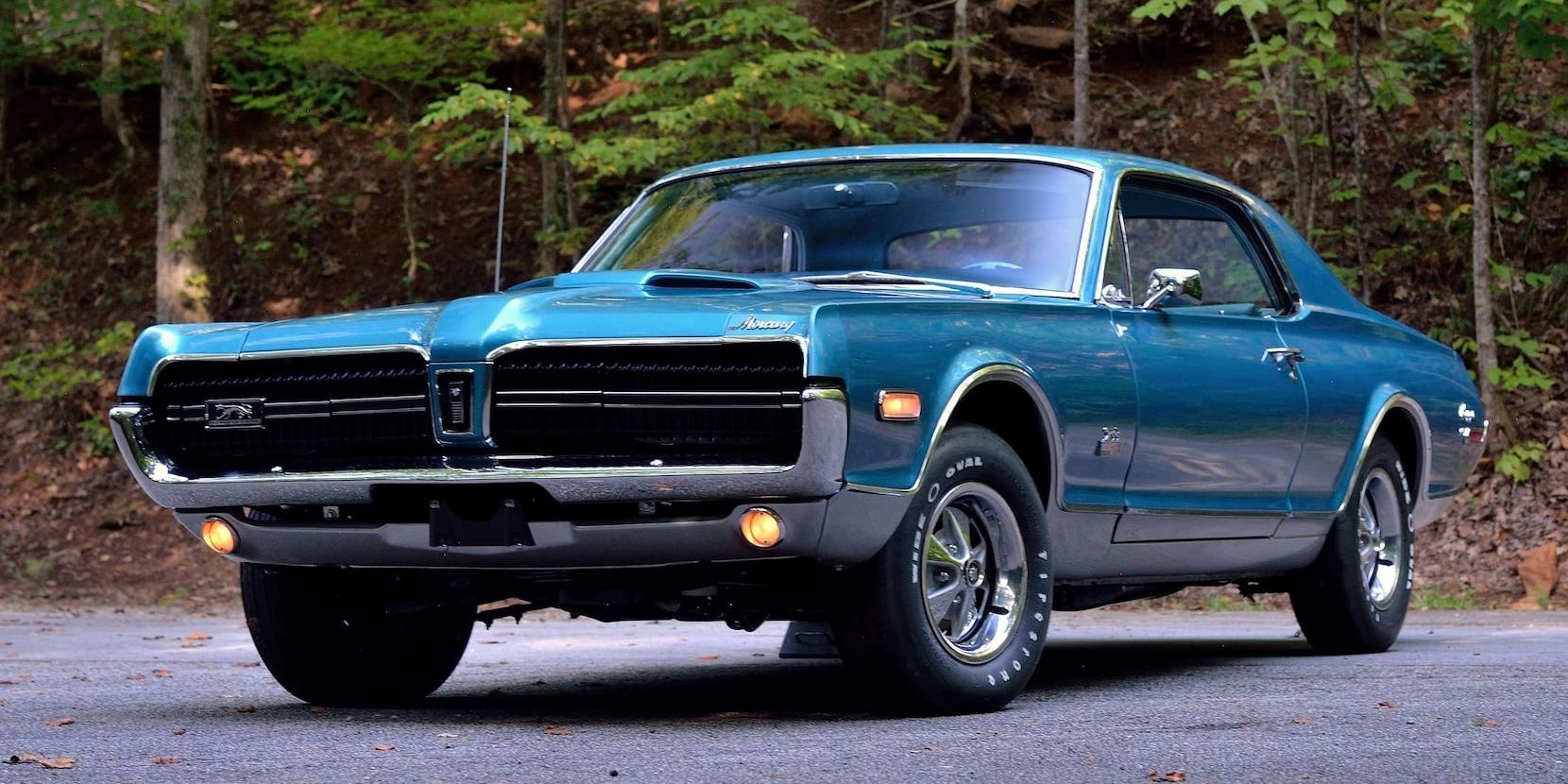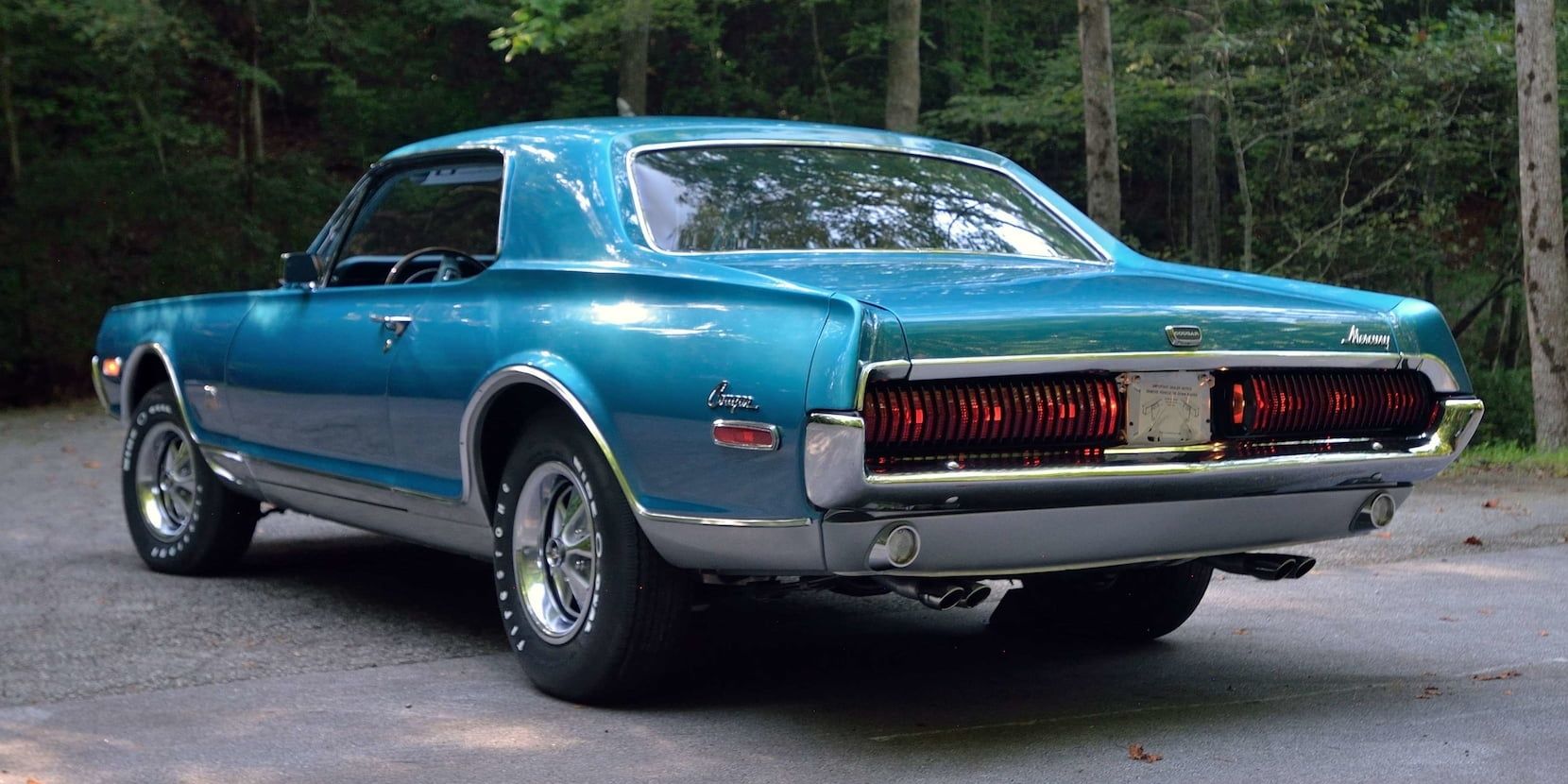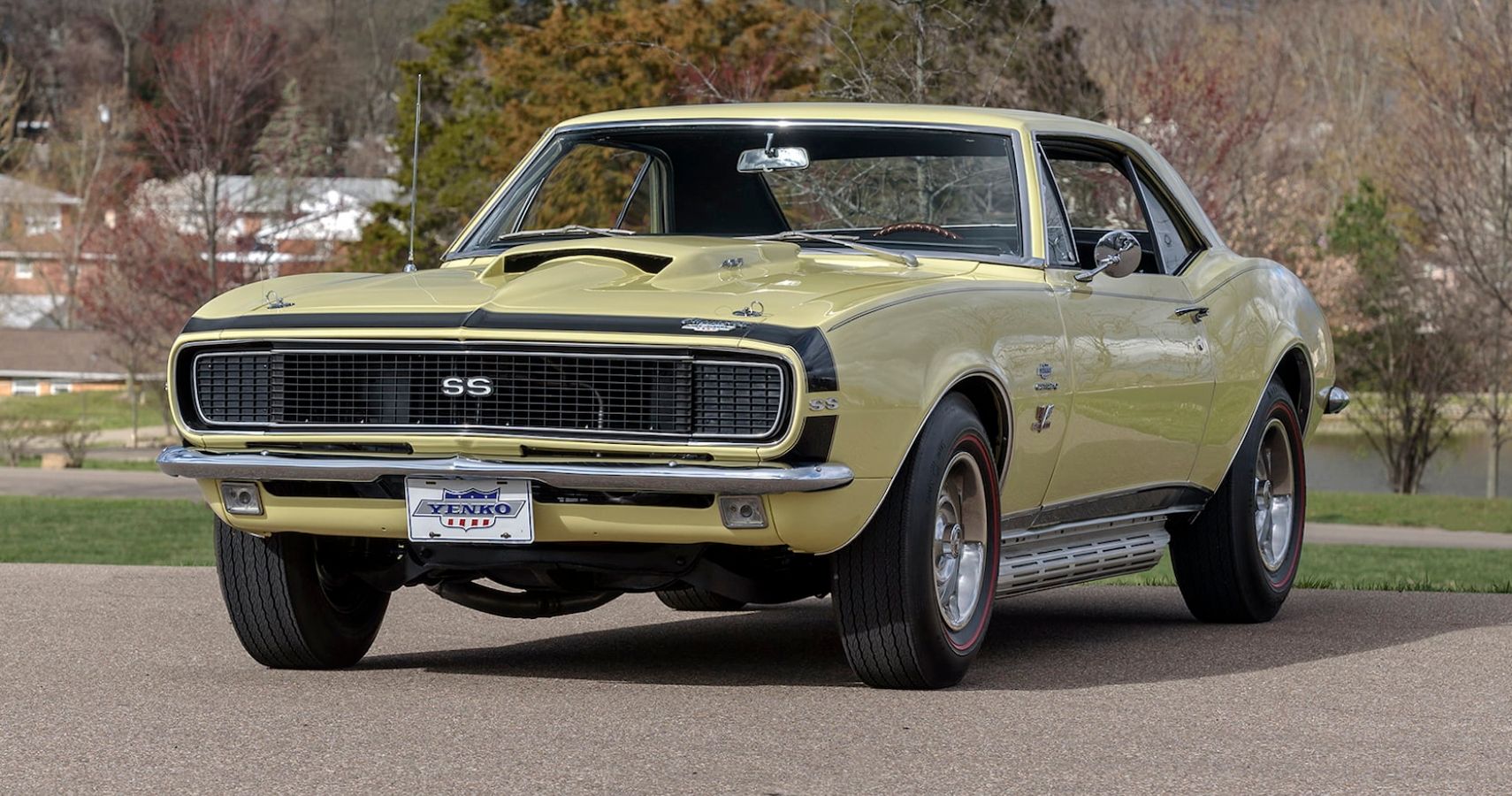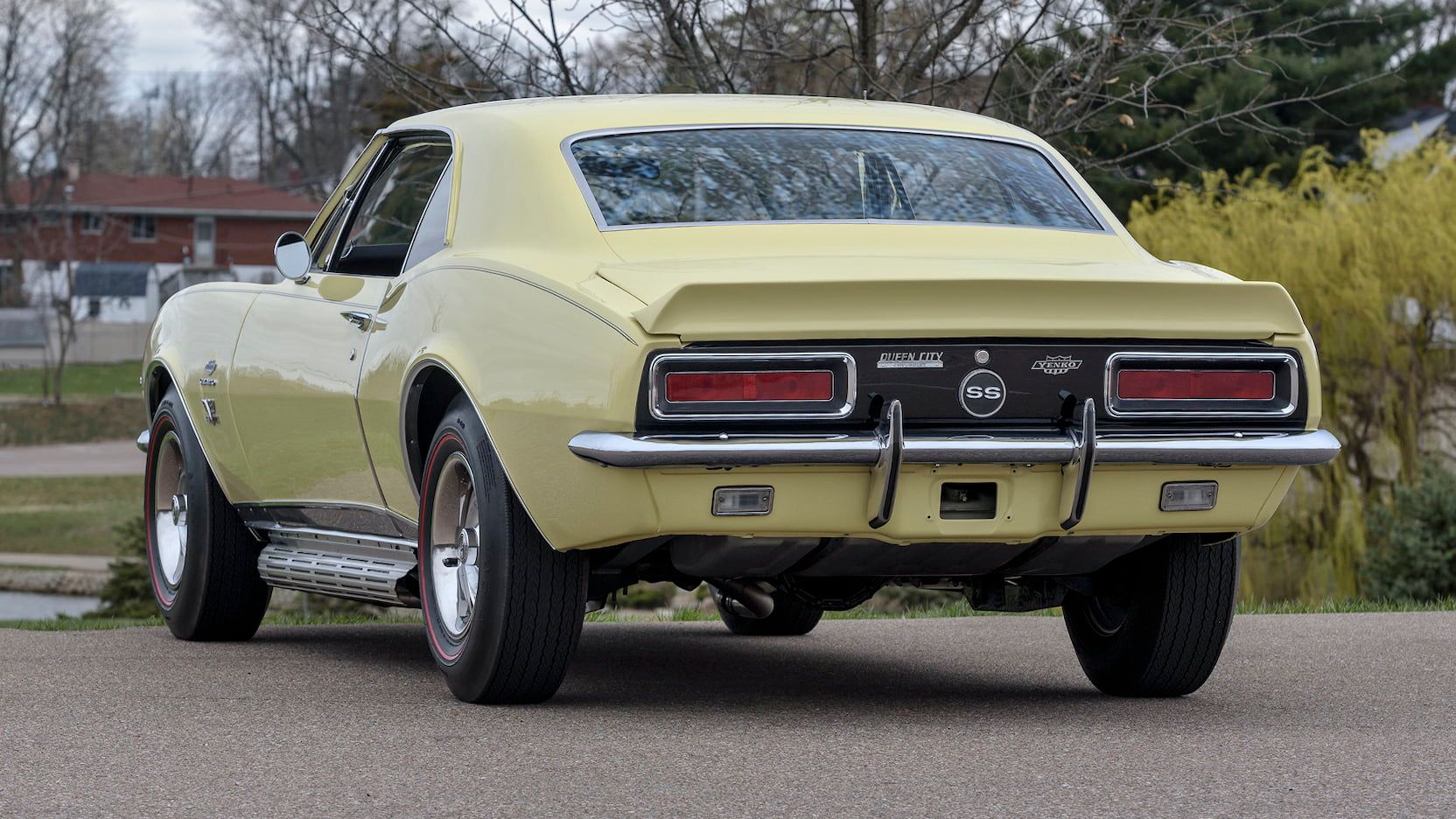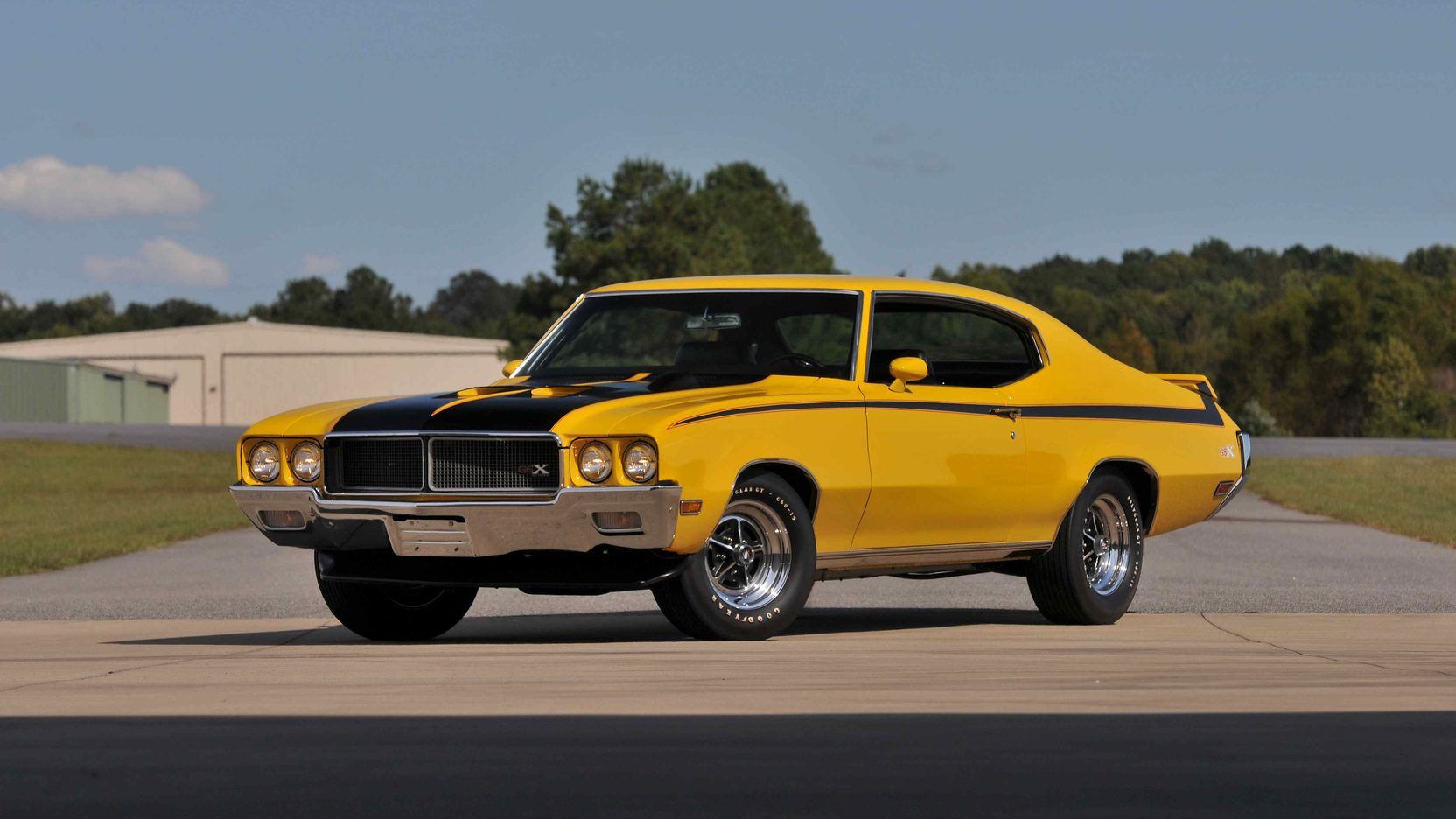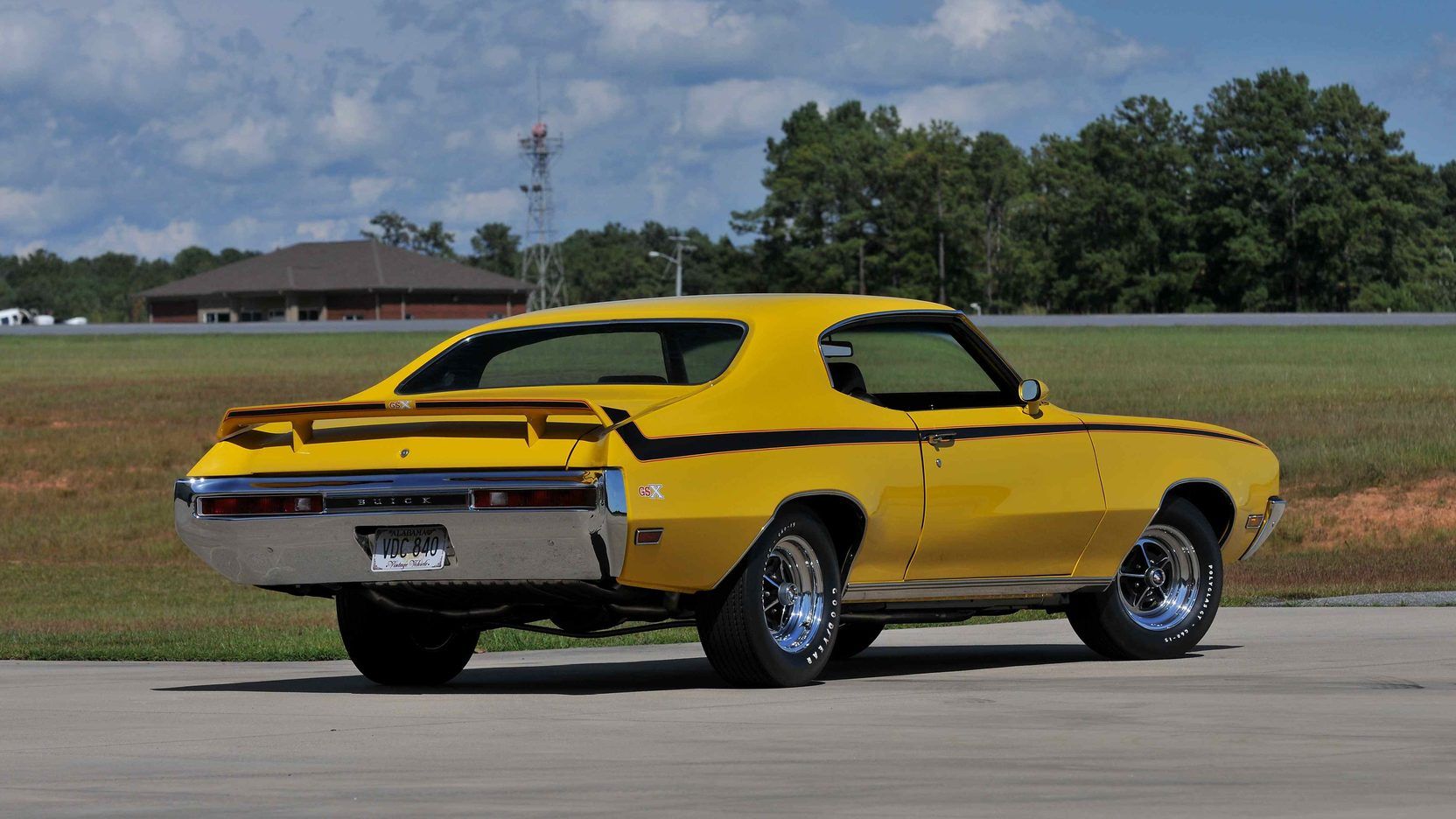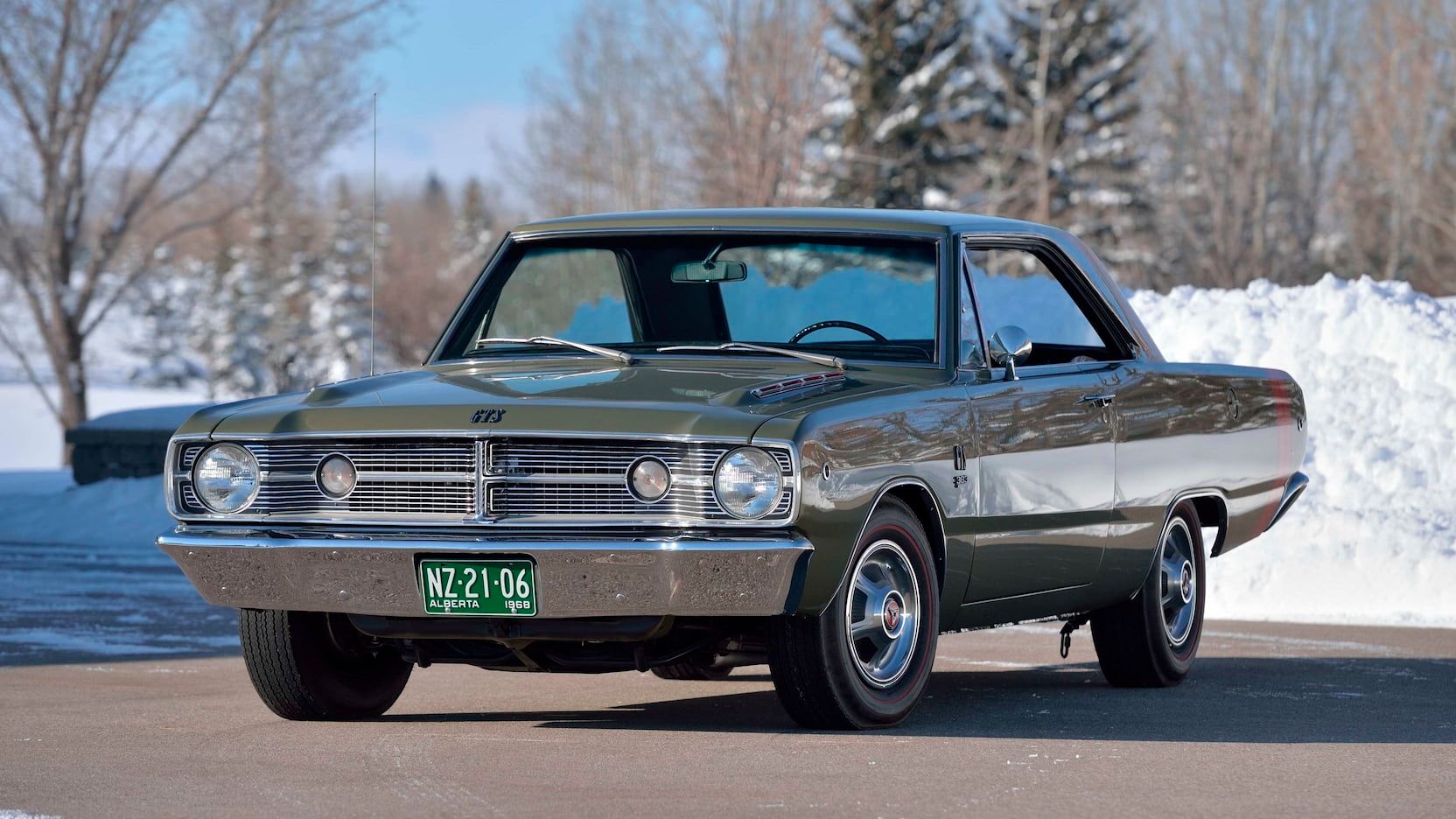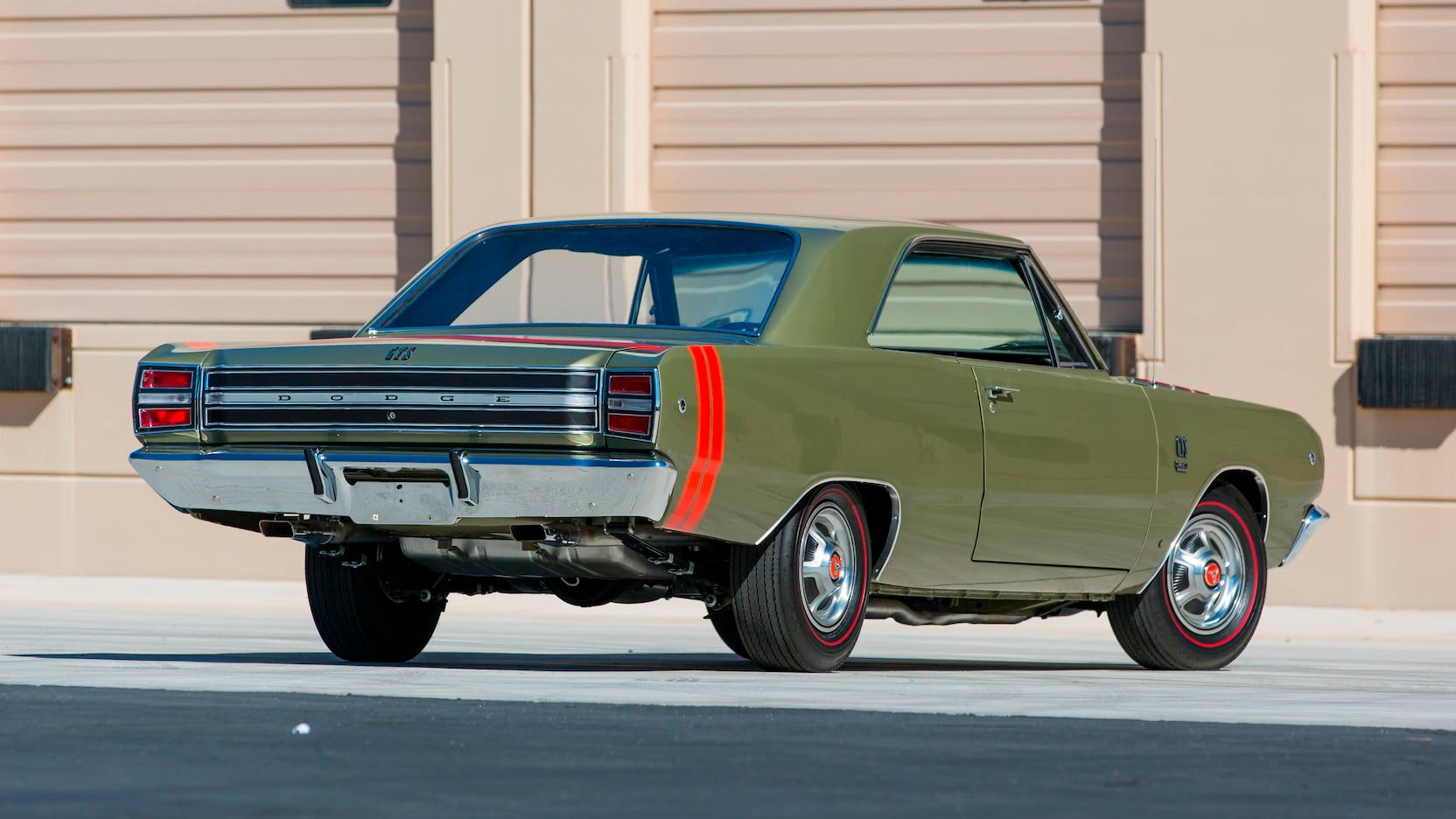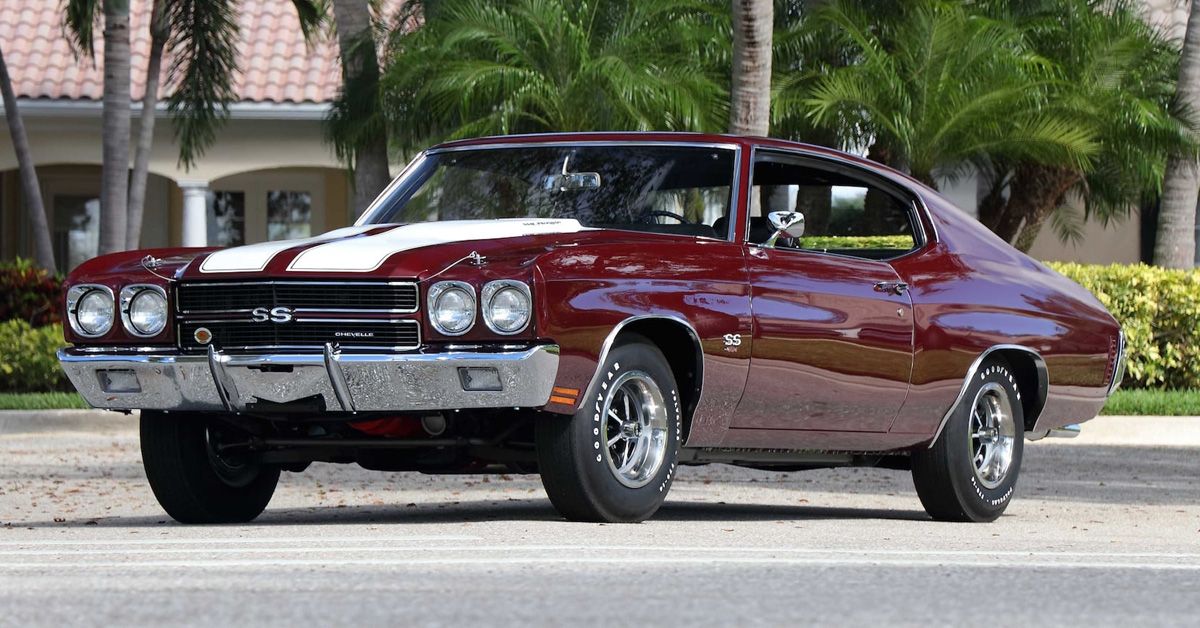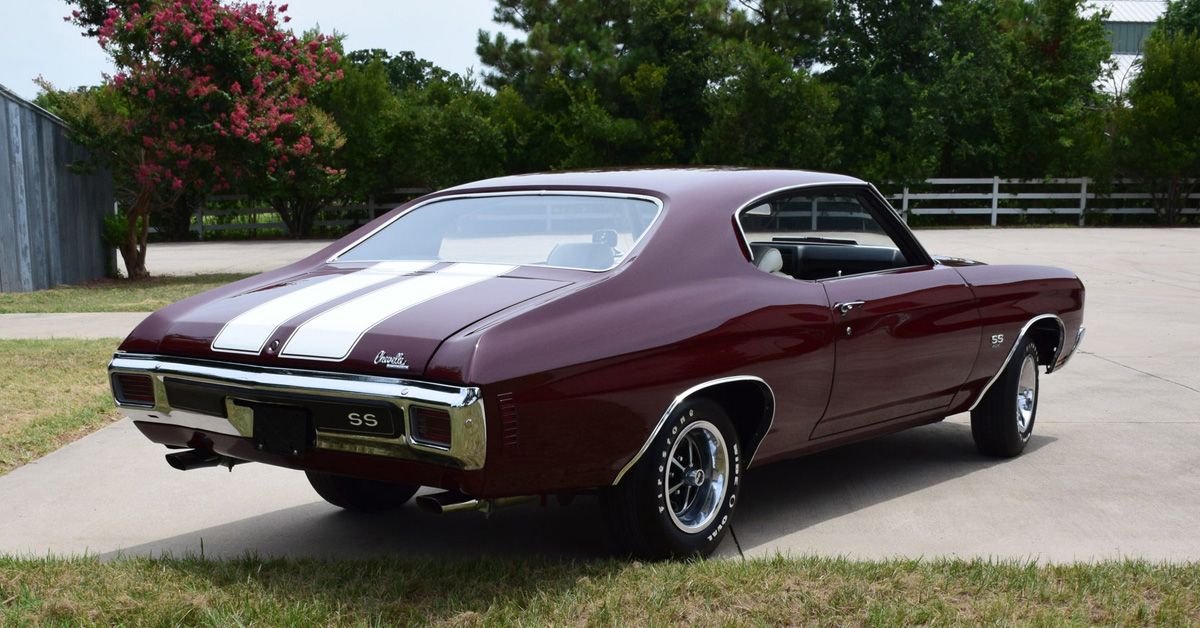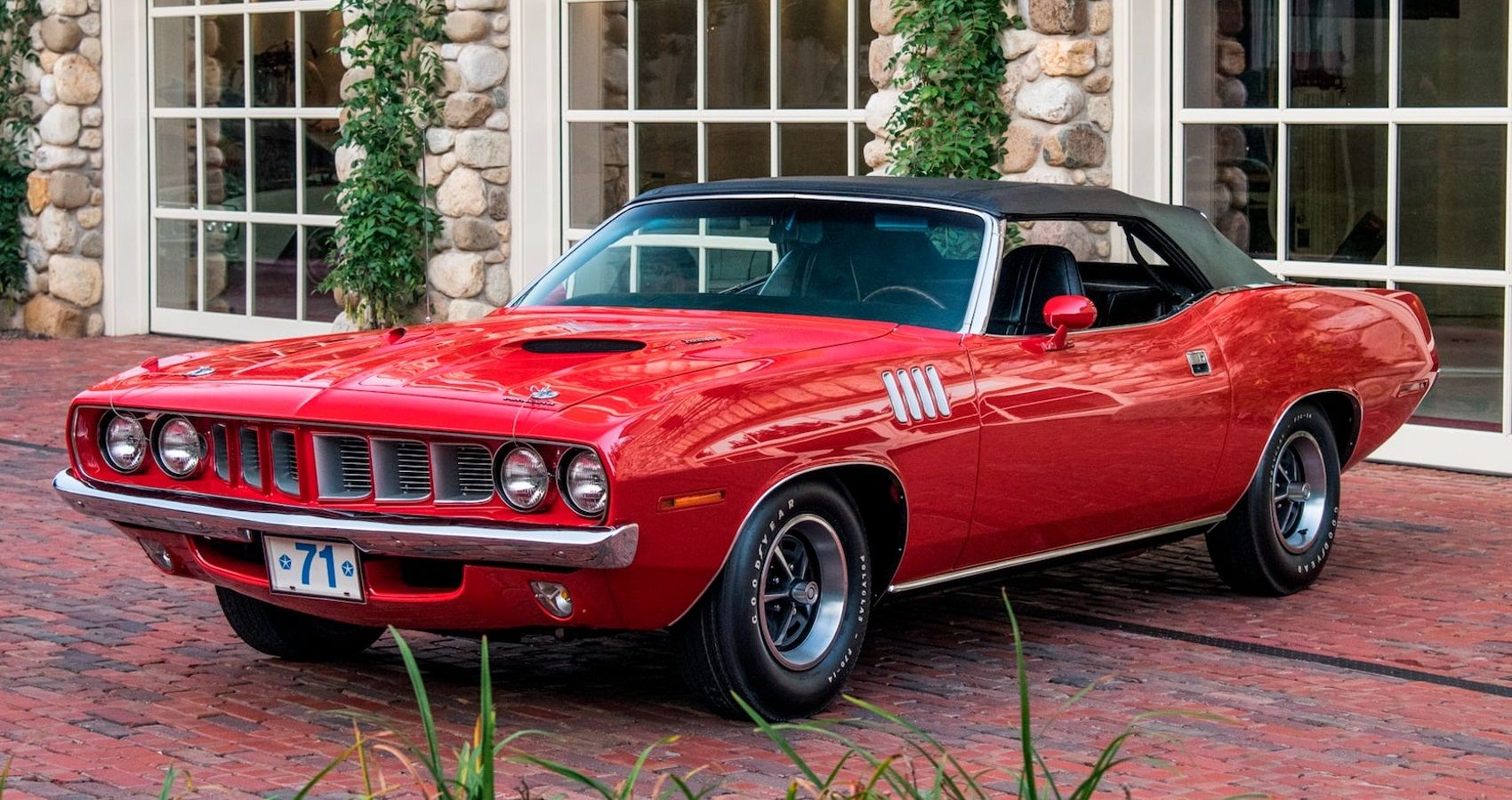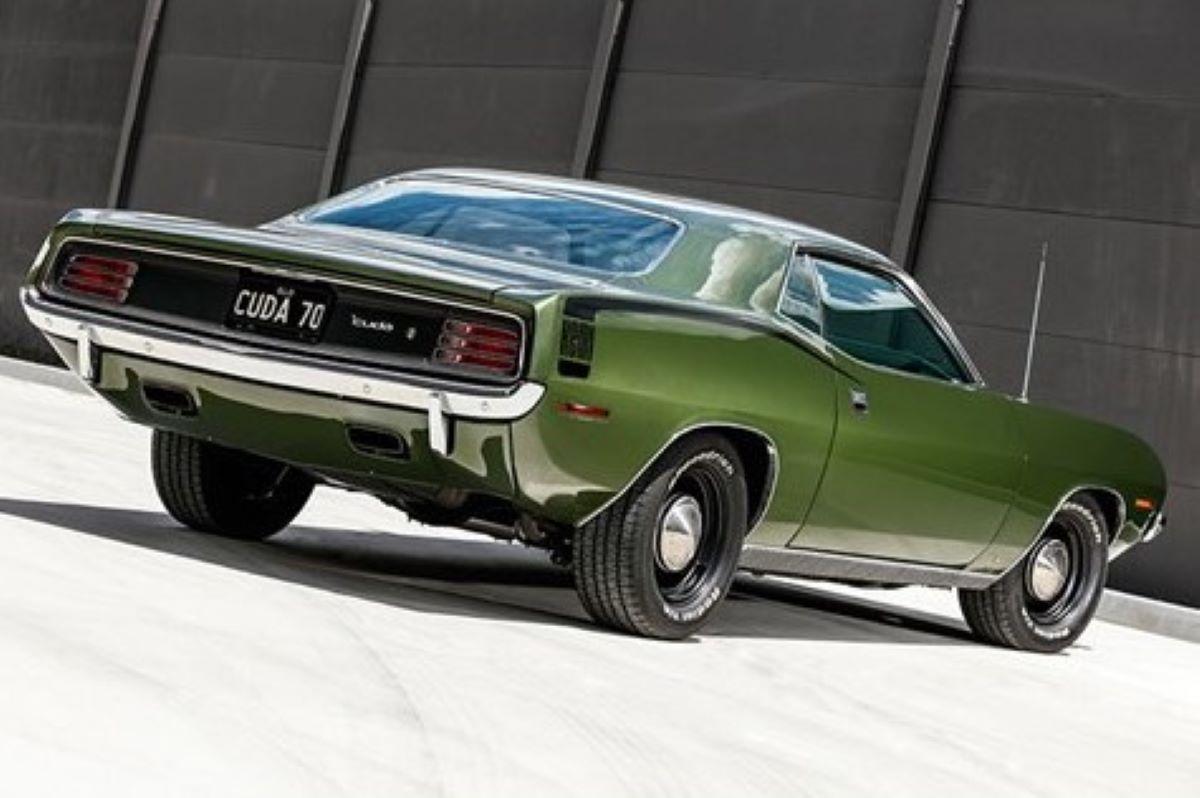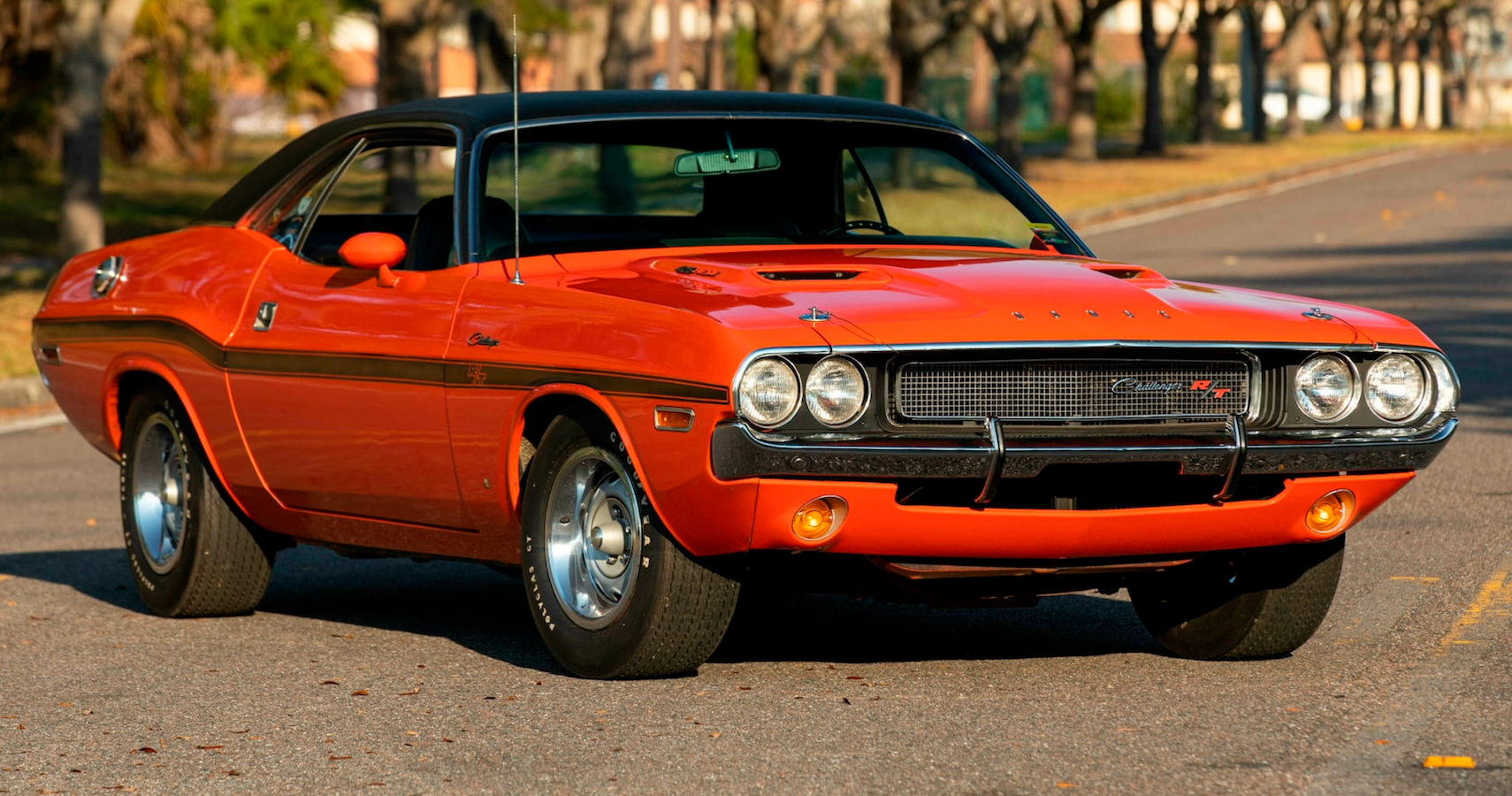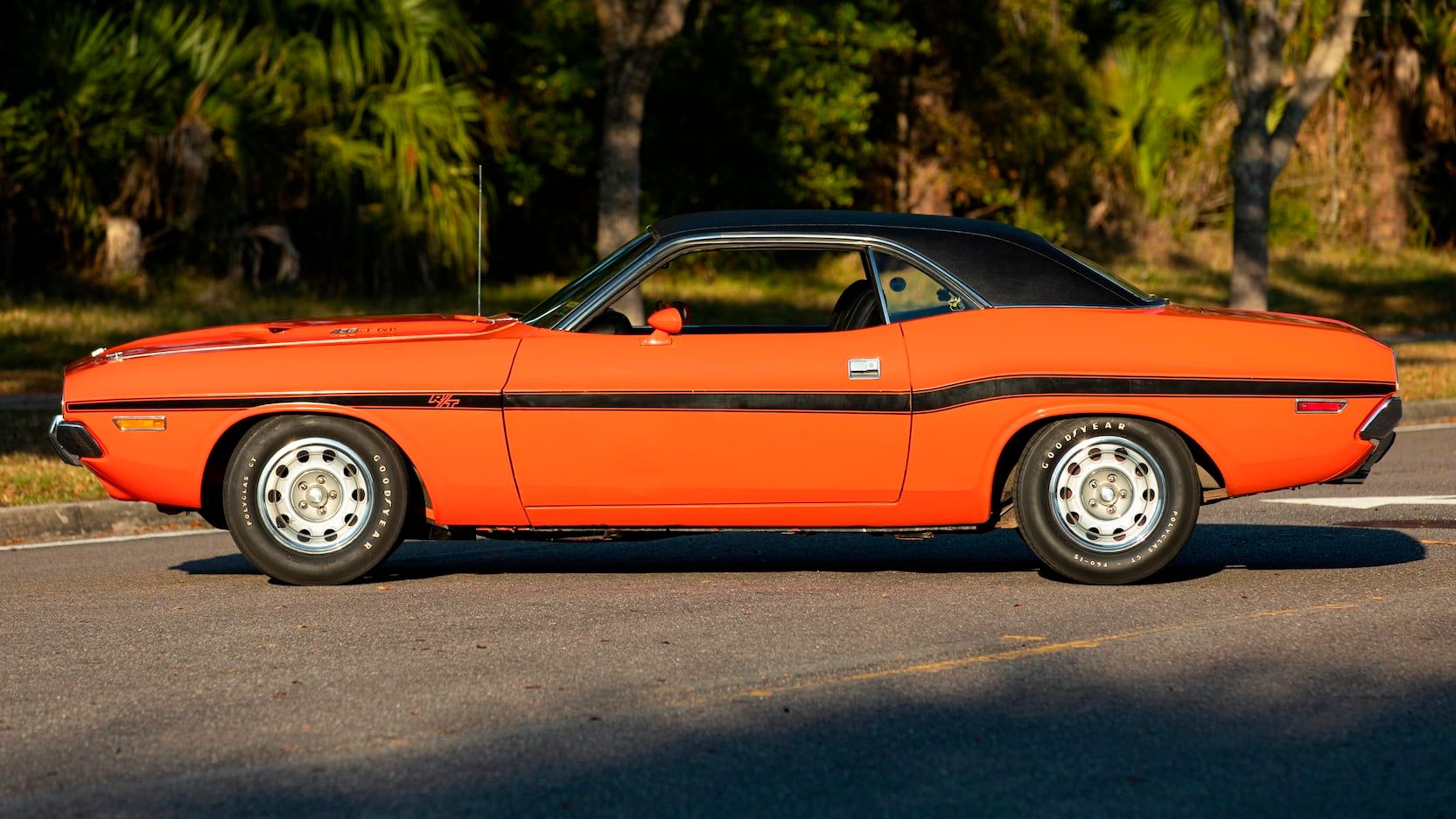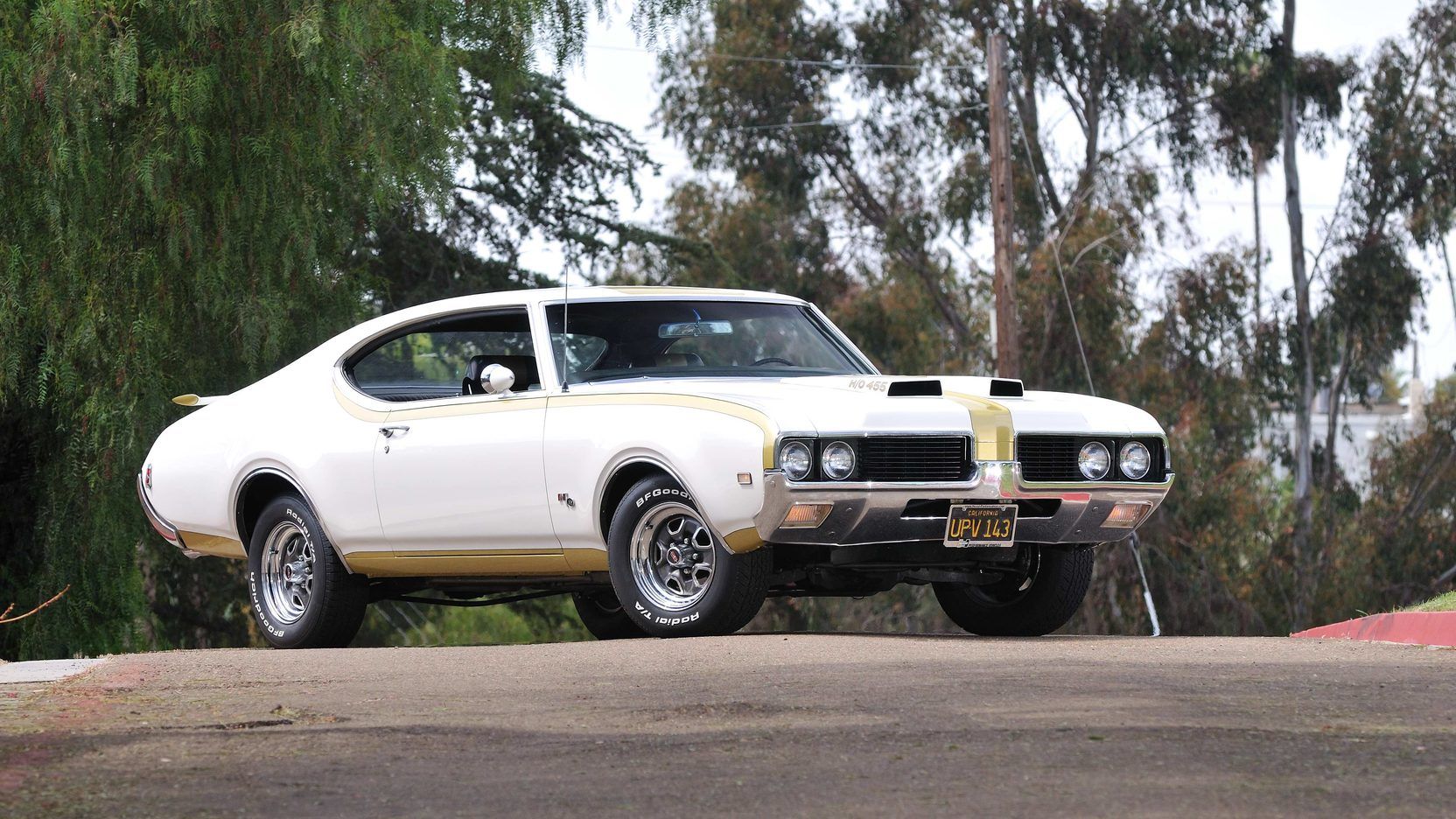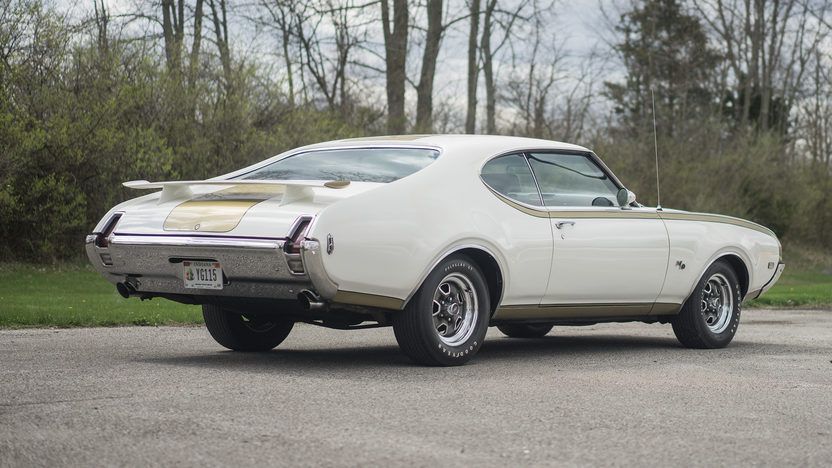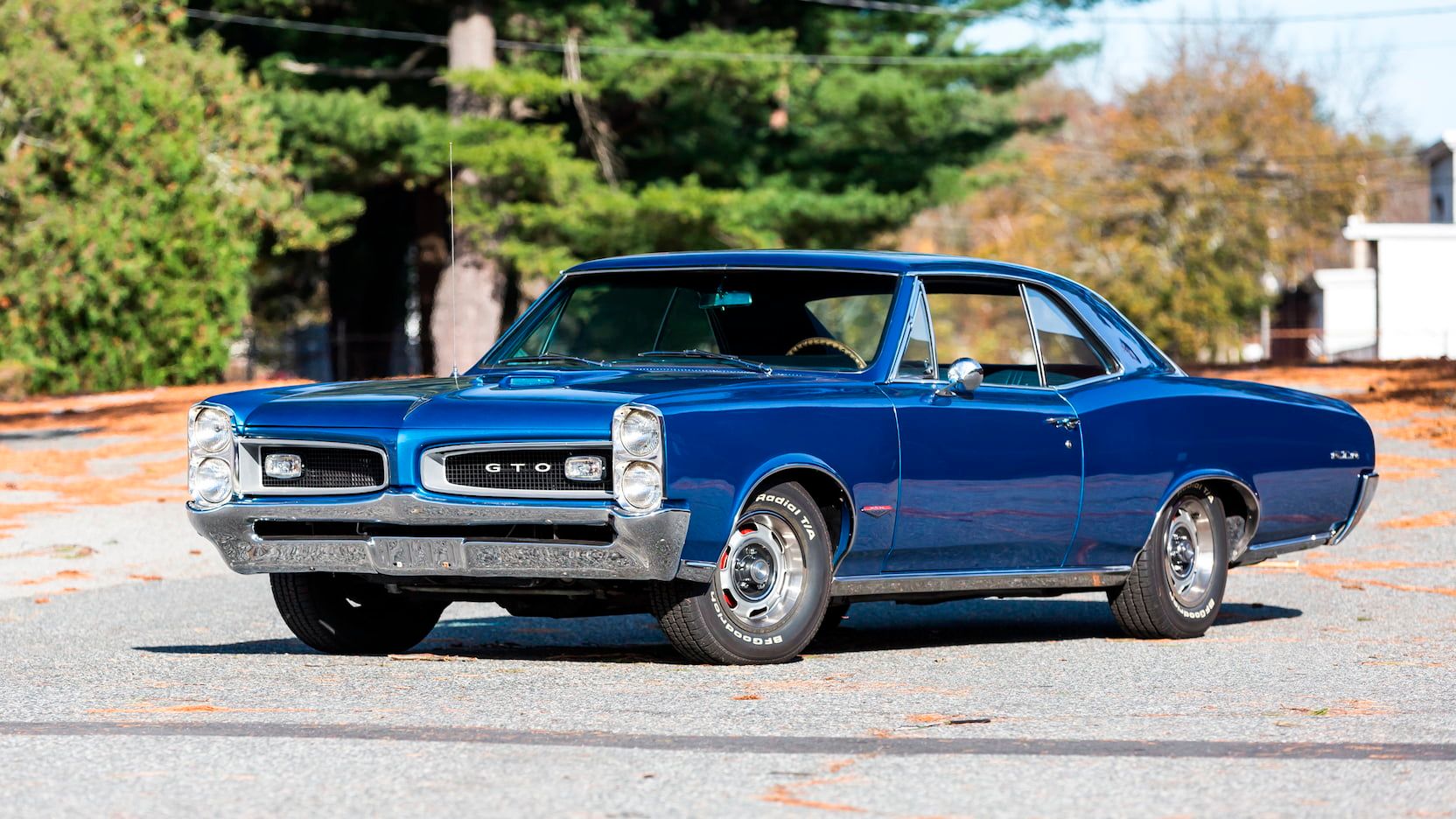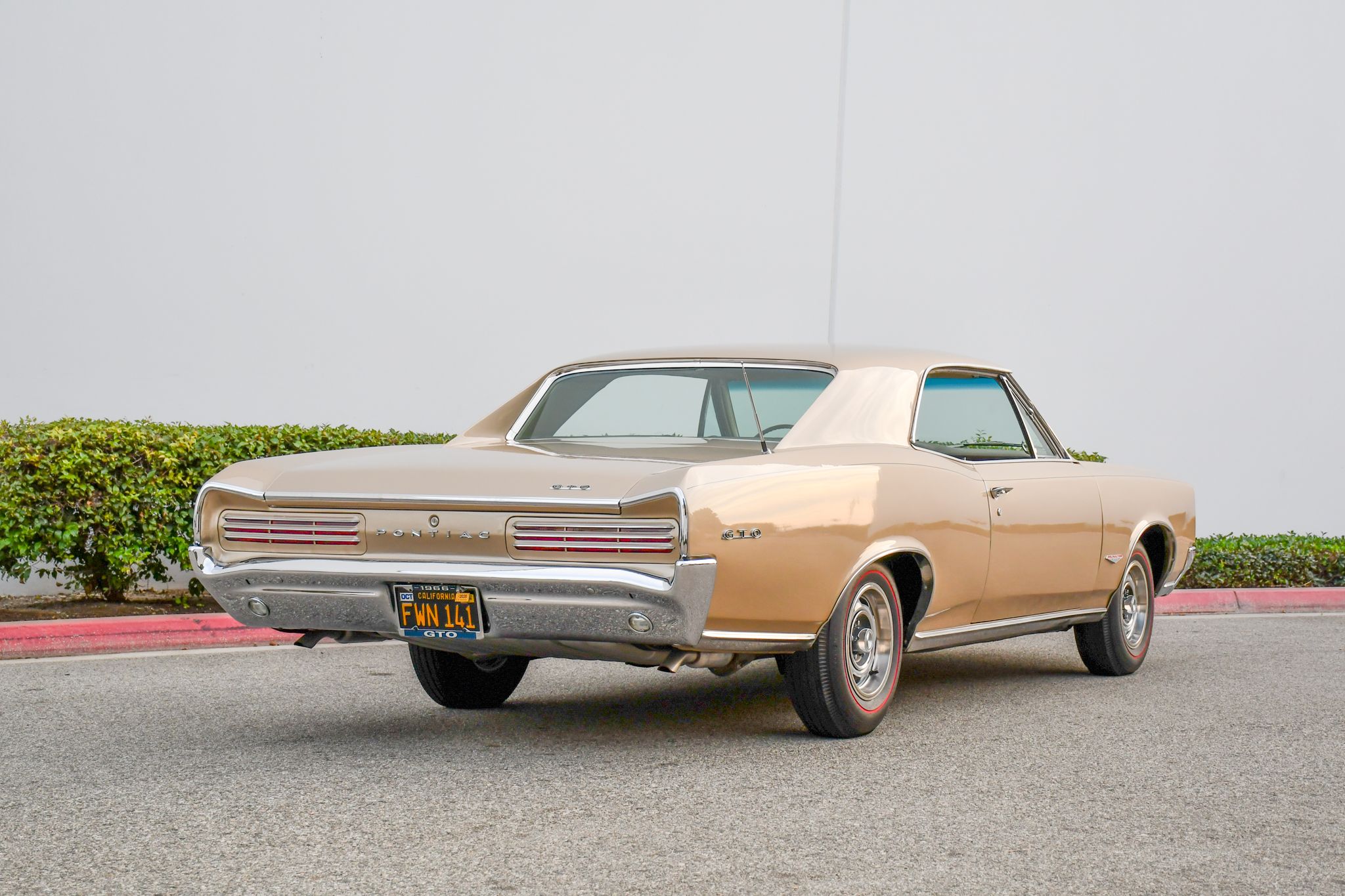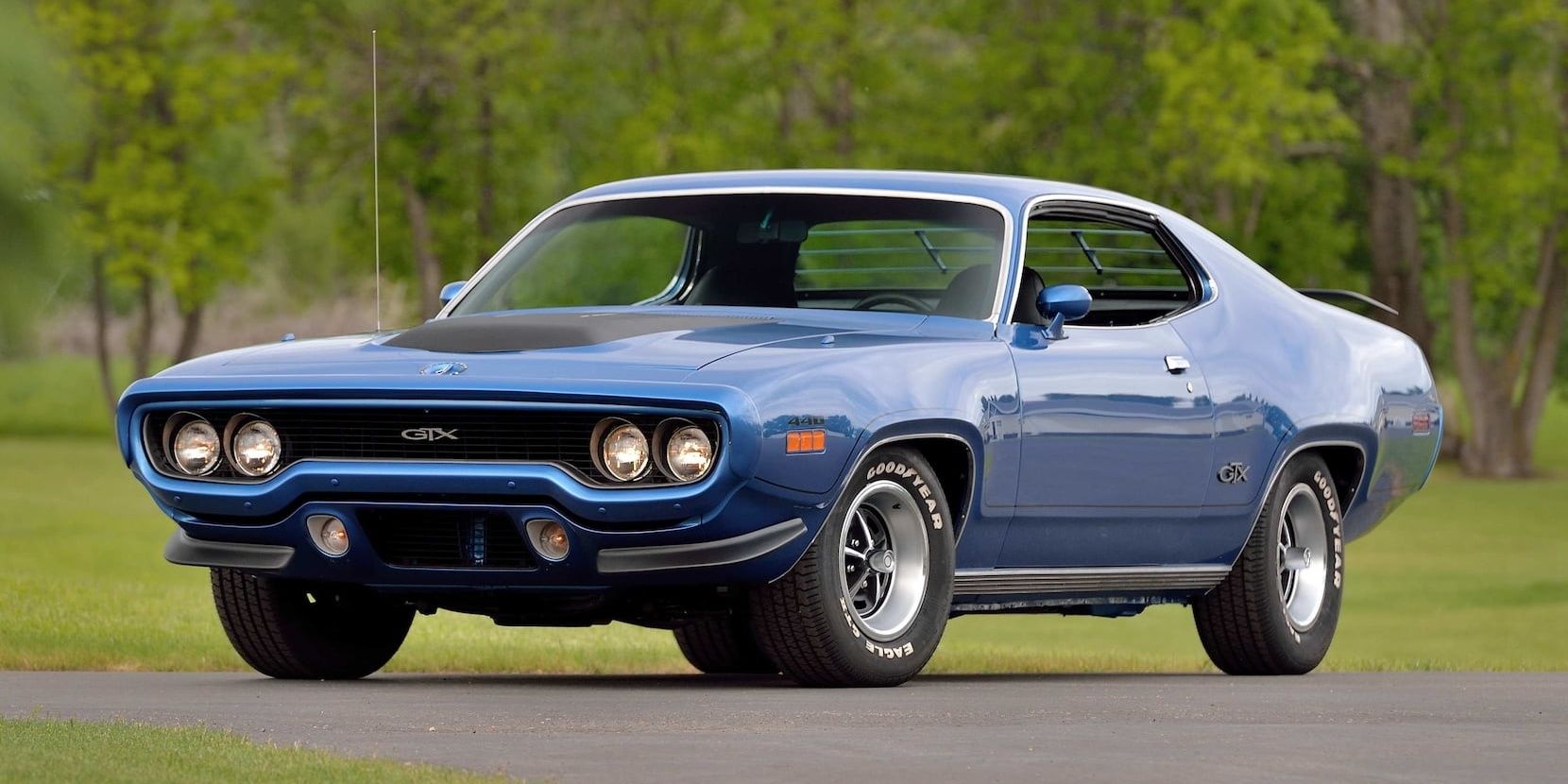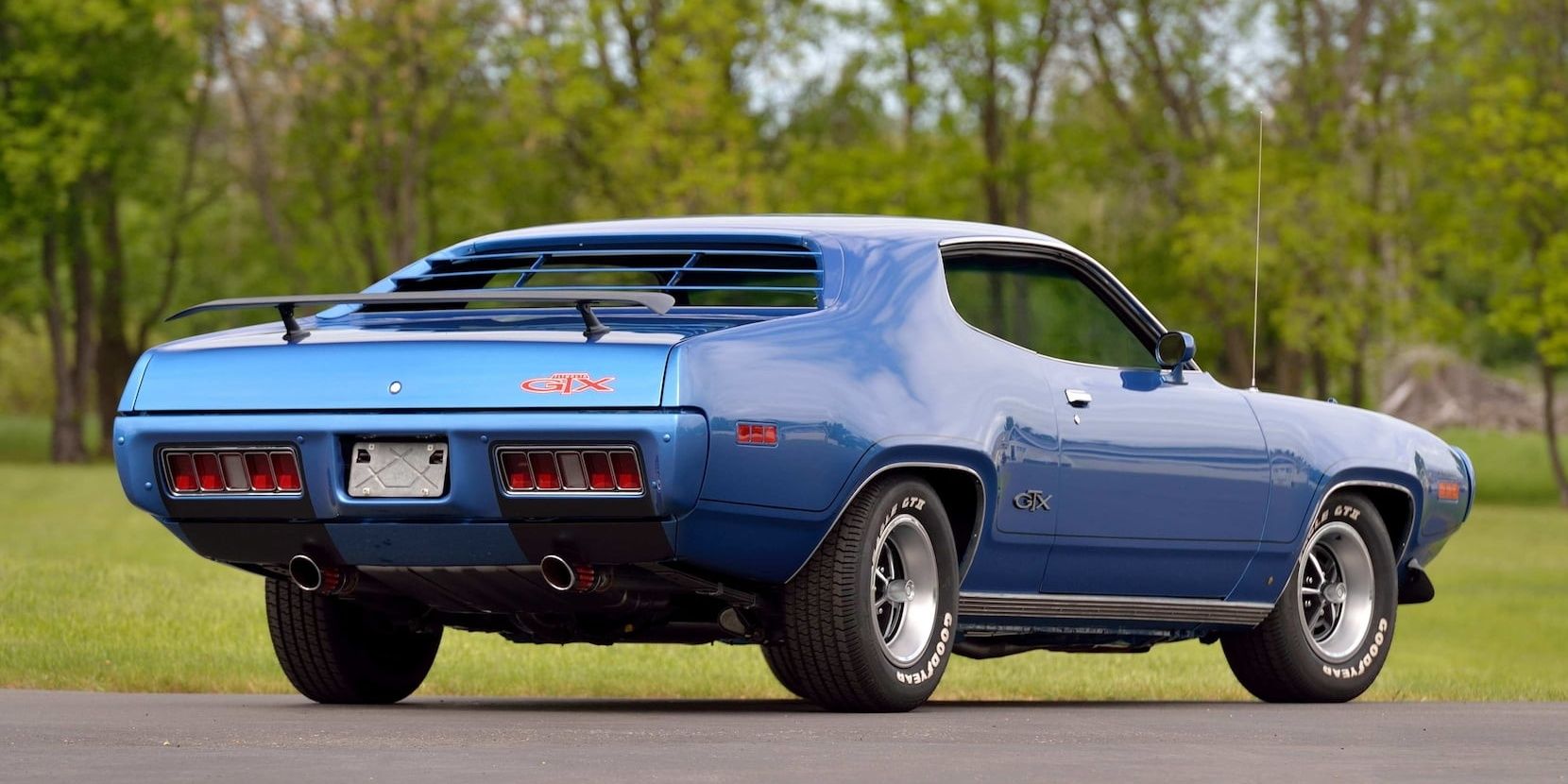The Ford Mustang may not have been the first muscle car, but it was the car that began the metaphoric ‘muscle car gold rush’. Today, the Ford Mustang is still the weapon of choice for a V8-powered muscle car all around the world.
The Mustang was launched in 1964 and almost instantly became a hit. The original version got an inline-6, but Ford quickly added in a V8 and watched the money roll in. Dodge and Chevrolet had to wait three years before they had the same experience with their Challenger and Camaro, by which time the Mustang had made its mark on history. The models which followed in the 1960s captured the public’s imagination and ran with it, giving us trims like the Boss 429, Boss 302, and Mach 1. The Mustang had a bit of a hard time in the 1970s, 1980s, and early 1990s, but it remained more popular than any of its competitors – some of which didn’t survive the energy crisis. The model returned to its original intention with the S-197 generation, recapturing the public’s attention. The S550 finally gained modern suspension technology and right-hand drive, making it the most popular sports car sold on the planet.
The old first-generation Mustang is now an icon within the motoring industry, with models going for as little as $3,000, to a ridiculous $3.5 million. Although, if the Mustang isn’t quite your speed, here are ten classic muscle car alternatives which were just as good.
10/10 Mercury Cougar
The original Mercury Cougar was the slightly fancier alternative to the Ford Mustang, sharing the same platform, engines, and tuning. The Cougar also shared the same basic design but featured different body panels and a completely different front end.
Unlike the Mustang which featured a straight-six as the base engine, the Cougar only ever got V8s, ranging from the 4.7-liter Windsor to the massive 7.0-liter 427. As with the Mustang, the transmission options included a 3- or 4-speed manual, or the famous 3-speed Cruise-O-Matic transmission.
9/10 Chevy Camaro SS
The Chevrolet Camaro was GM’s answer to the Mustang, featuring 6-cylinder and V8 engines in its lineup. The Camaro was more-or-less the same size as the Mustang, featuring the same three-box design to appeal to potential Mustang customers.
The Camaro SS featured either a 5.7-liter or 6.5-liter V8 and added chassis upgrades to help with the added power. SS trims produced between 295 and 350 hp, depending on the engine choice. The Camaro included the same ratio gearboxes, but also included a 2-speed automatic.
8/10 Buick GSX
The Buick GSX was the sportiest of the Skylark Gran Sport models, developed to compete with the muscle cars of the era. The GSX featured the same 7.5-liter V8 as found in the Gran Sport 455, but with an added performance package.
Interestingly, the GSX remained the highest torque-producing naturally aspirated American vehicle until the second generation Dodge Viper V10 – which debuted 33 years later. The GSX is a beast of a machine, on par with the Oldsmobile 4-4-2 and Chevrolet Chevelle SS.
7/10 Dodge Dart R/T
The Dodge Dart was the smaller of the traditional muscle cars, sitting below the likes of the Challenger. Even though the model was physically smaller, Chrysler still gave it the largest of engines in their arsenal.
The range started with the 2.8-liter Slant-6 engine, rising to a 4.5-liter V8 and finally, a 7.2-liter V8. The Dart got multiple fun trims, including the colorful Swinger and HEMI models. Today, the Dart is a popular model to use for drag racing due to its size, lightweight, and large engine bay.
6/10 Chevrolet Chevelle SS 454
The Chevrolet Chevelle SS is one of the most iconic American muscle cars ever produced, featuring some of the largest engines of the era. The base models had the normal inline-6s, but the SS models went all out with anything from the 6.5-liter from the Camaro SS, to a 7.4-liter from the famous 454.
The second-generation Chevelle was the most popular and remains so to this day thanks to the styling and performance. The Chevelle was discontinued in 1977 due to not meeting regulations and because the fuel prices got too high.
5/10 Plymouth HEMI ‘Cuda
The Plymouth Barracuda is often credited with being the first proper muscle car – debuting a few months before the Ford Mustang. The third generation Barracuda – known as the HEMI ‘Cuda – was the most famous, being built on the same platform as the Dodge Challenger.
The ‘Cuda got all the same engines as the Challenger, from the smaller 3.2-liter inline-6 to the massive 440 7.2-liter V8. The ‘Cuda was more expensive to purchase than the Challenger, but it had excellent styling and was more comfortable on longer journeys.
4/10 Dodge Challenger R/T
The Challenger is one of the most famous models produced by Dodge. It was designed and developed specifically to combat the Ford Mustang and steal some sales away from the horse-emblemed pony car.
The Challenger became famous in its own right as it got multiple roles in various movies since it was introduced, with one film focusing specifically on it as a car – Vanishing Point (1971). The Barracuda name has been rumored to return multiple times, but nothing has yet happened.
3/10 Oldsmobile 442
The Oldsmobile 4-4-2 is one of the coolest of the classic American muscle cars with its massive hood scoops, spoiler, and white and gold Hurst paint job. The 4-4-2 was originally named so because it had a 4-barrel carburetor, a 4-speed transmission, and dual exhausts.
The 4-4-2 – later shortened to just 442 – featured either a 6.6 or 7.5-liter V8, producing between 290 and 365 hp. The W-30 package added performance and handling upgrades, boosting power to 380 hp. The 4-4-2 is truly an awesome vehicle, perfect for long road trips thanks to the comfortable seats.
2/10 Pontiac GTO
The Pontiac GTO is one of the most perfect muscle cars ever made. The first purely GTO name emerged in 1966, as it was a performance upgrade added to a Tempest Le Mans model. The GTO was updated yearly between 1964 and 1968.
The GTO featured a 6.4-liter V8 rated at 360 hp or a 6.6-liter V8 rated at the same hp, but with 14 more lb-ft of torque, ending up at 438 lb-ft. The second-generation GTO dropped the 6.4-liter and gained a 7.5-liter which produced 370 hp.
1/10 Plymouth GTX 440+6
The Plymouth GTX 440+6 was one of the most powerful models within the Road Runner lineup and featured a 7.2-liter V8 and three 2-barrel carburetors, producing an impressive 385 hp. The only GTX trim which produced more power was the 426 Hemi, but only 30 cars were produced due to the expense and new regulations.
The B-Body GTX only lasted for the 1971 model year and the model was discontinued after as it could no longer adhere to the ever-stricter regulations due to the energy crisis. The GTX may look a bit weird thanks to the downward front end, but it is still an amazing car.
